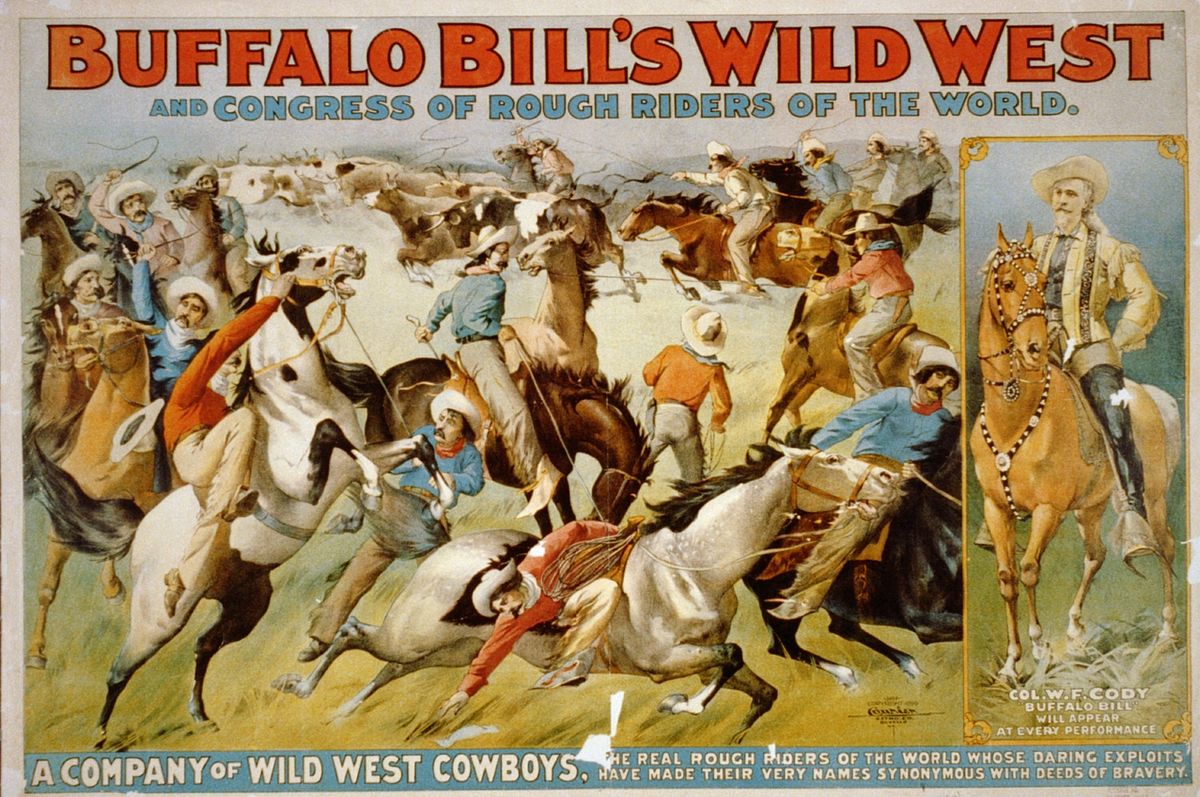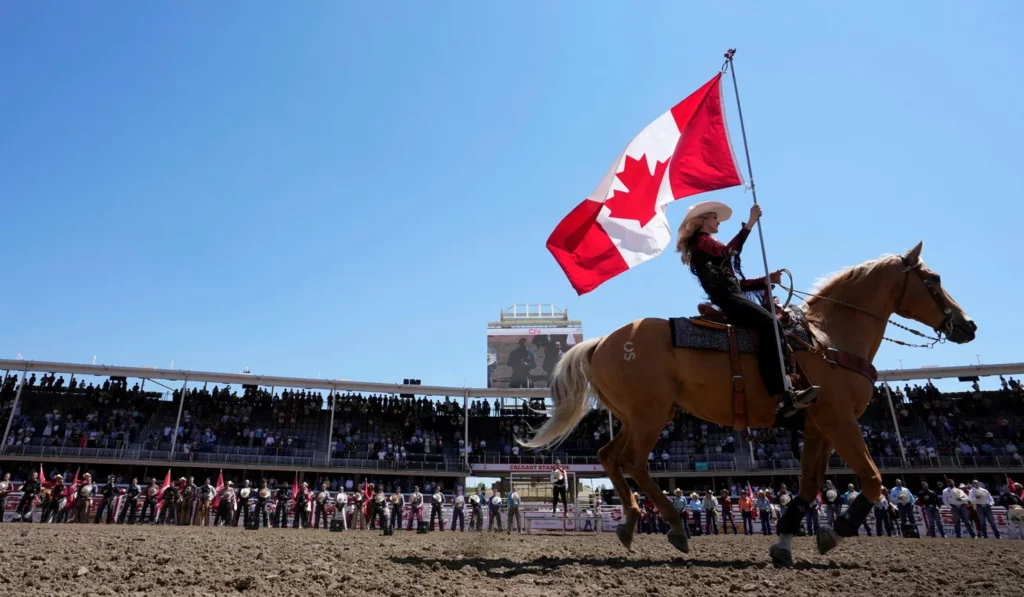Rodeo is more than a sport—it’s a living testament to the history and culture of the American West. You might ask yourself, is there even a story behind rodeo? Well I’m here to tell you that yes, there is in fact a story behind it. Born from the practical skills of cowboys and vaqueros in the cattle industry, rodeo has grown into a thrilling, professional sport that celebrates heritage, grit, and talent.
The Roots of Rodeo
The origins of rodeo date back to the 16th century, when Spanish conquistadors introduced horses and cattle to Mexico. Along with these animals came the vaqueros, skilled cattle handlers who developed techniques like roping and branding. The equipment, skills, and even the term “rodeo” (from the Spanish word for “roundup”) became foundational to what we know today.
In the 1800s, the era of the American cowboy began. Post-Civil War cattle drives connected the wild herds of the Southwest to markets in the East. The cowboys’ everyday tasks—breaking broncos, roping cattle, and riding long hours—evolved into competitive challenges at community celebrations like Fourth of July events.
From Wild-West Shows to Professional Sport
Rodeo gained popularity as a spectacle through Wild-West shows like Buffalo Bill’s first exhibition in 1882. These shows brought cowboy skills to urban audiences, both in the United States and Europe. By the late 19th century, local competitions in towns like Pecos, Texas, and Prescott, Arizona, began to formalize rodeo as a sport.
However, it wasn’t until the 20th century that rodeo professionalized. The formation of organizations like the Rodeo Cowboys Association (RCA) in 1945—now the Professional Rodeo Cowboys Association (PRCA)—standardized events and ensured fair competition.

Modern Rodeo Events
Today’s rodeo consists of timed and judged events, with seven PRCA-standard competitions:
- Saddle bronc riding
- Bareback riding
- Bull riding
- Calf roping
- Steer wrestling
- Team roping
- Single steer roping
Women’s barrel racing, sanctioned by the Women’s Professional Rodeo Association (WPRA), is a highlight of many PRCA rodeos.
The Role of Women in Rodeo
In rodeo’s early days, women competed in many events, from bronc riding to relay races. However, after World War II, women’s roles in rodeo narrowed, with barrel racing becoming the primary professional event. Organizations like the WPRA have worked to expand opportunities, paving the way for icons like Charmayne James, an 11-time world champion in barrel racing.
Youth and Diversity in Rodeo
Rodeo continues to grow through youth programs like the National High School Rodeo Association and National Intercollegiate Rodeo Association. These programs nurture the next generation of talent and expand the sport’s reach.
The contributions of Black cowboys like Bill Pickett, the inventor of steer wrestling, and Charlie Sampson, the first Black world champion in bull riding, showcase rodeo’s rich diversity.
Rodeo Today
Rodeo has evolved into a professional sport that spans the globe. With prize money exceeding millions of dollars, corporate sponsorships, and modern management systems, it stands as a blend of history and innovation. Events like the National Finals Rodeo in Las Vegas attract top talent and fans worldwide, ensuring the legacy of rodeo endures.
Big Rodeos Today:
Some of the biggest rodeos in the world are the Calgary Stampede,- Calgary, Alberta, Canada, tracing back to 1912; the Cheyenne Frontier Days – Cheyenne, Wyoming, United States, which is the largest outdoor rodeo; and the EquiBlues – Saint-Agrève, France.

A Celebration of Heritage
At its core, rodeo reflects the unique multicultural history of the American Southwest. It’s a celebration of resilience, skill, and the enduring spirit of the cowboy. Whether you’re a competitor, a fan, or just someone who loves the romance of the West, rodeo offers something for everyone.
If you’re as passionate about rodeo as we are, check out our website, Chihuahua Stampede, for updates on local events, arena rentals, and everything horse-related! 😄
Your Chihuahua Stampede Rodeo CEO,
Andrea Wall 🐴
